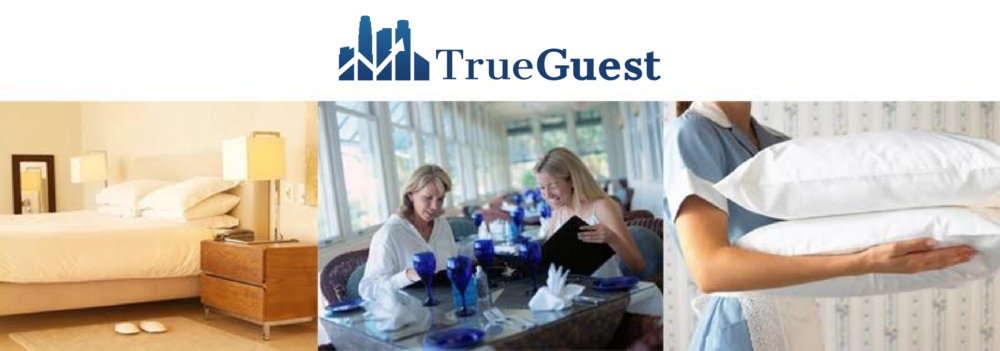 Dear TrueGuest,
Dear TrueGuest,
I can’t seem to get our liquor costs under budget. What is the best control for measuring the bartender’s pours?
Good question! There are a few different methods for pouring alcohol such as free pour, jigger, or measured spout. Which one works best depends on your bar.
Typical lobby lounge – If your bar is typically slow, usually a measured jigger works best. Just be sure to have plenty of jiggers on hand so the bartender always has one within reach. We like the measured jigger because it is easy for your supervisors to monitor from across the bar. Also, customers are accepting of a jigger in most cases. Of course, the downside is that it is easy for the bartender to overpour using the jigger. Most bartenders we see using a jigger like to run a tail with each pour. Here is a good video on basic jigger techniques:
High volume bar – If your bar gets pretty busy and the bartenders need to crank out drinks fast, we like the measured spout. The ball bearings in the spout automatically pour the exact amount and then stop. The bartender would have to tilt the bottle back a second time to be able to overpour with these spouts. Here is a good video of how the Precision Pours work:
Free Pouring Method – We really do not like any bars to use the free pour method. It is both dangerous to your profits and to your customers. Our mystery shoppers have reported time after time instances where they were poured a drink that had over 4 ounces of alcohol when a bartender free poured. You can easily see how pouring 3 times the correct amount can be very dangerous. But if you must free pour, at least have a good counting system in place and a system to test the bartender’s pouring skills. Here is a good video:
